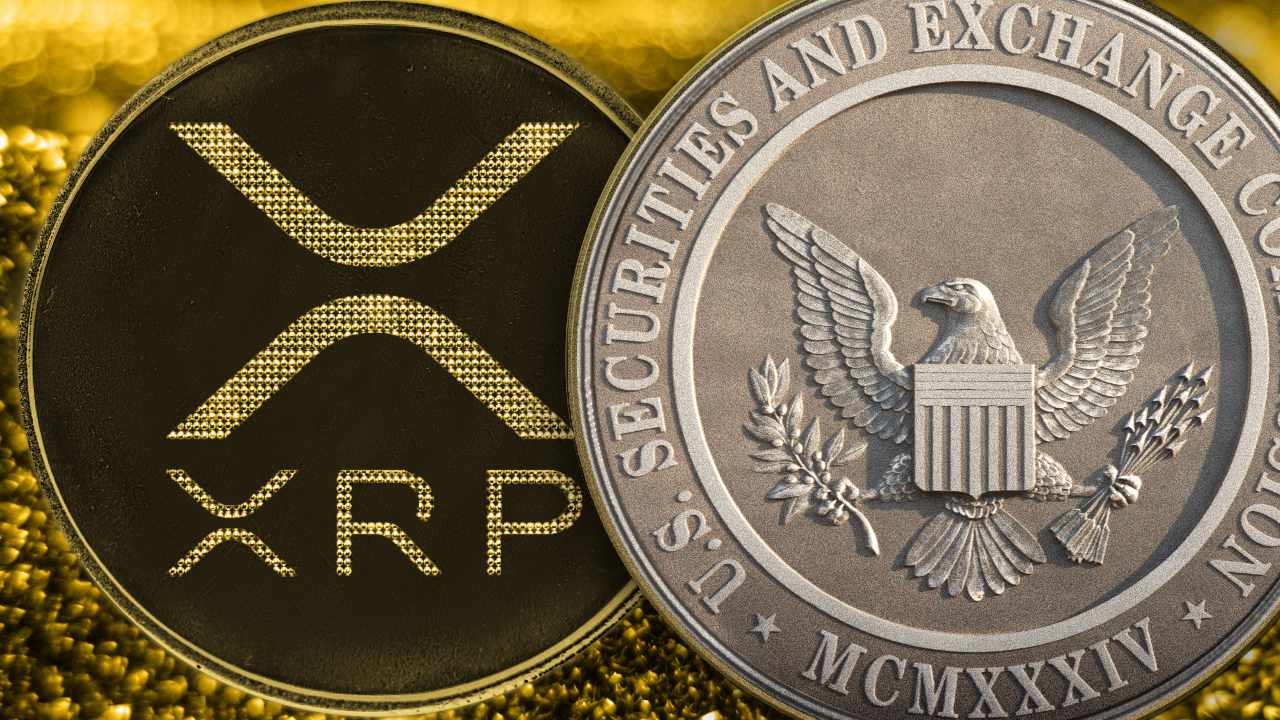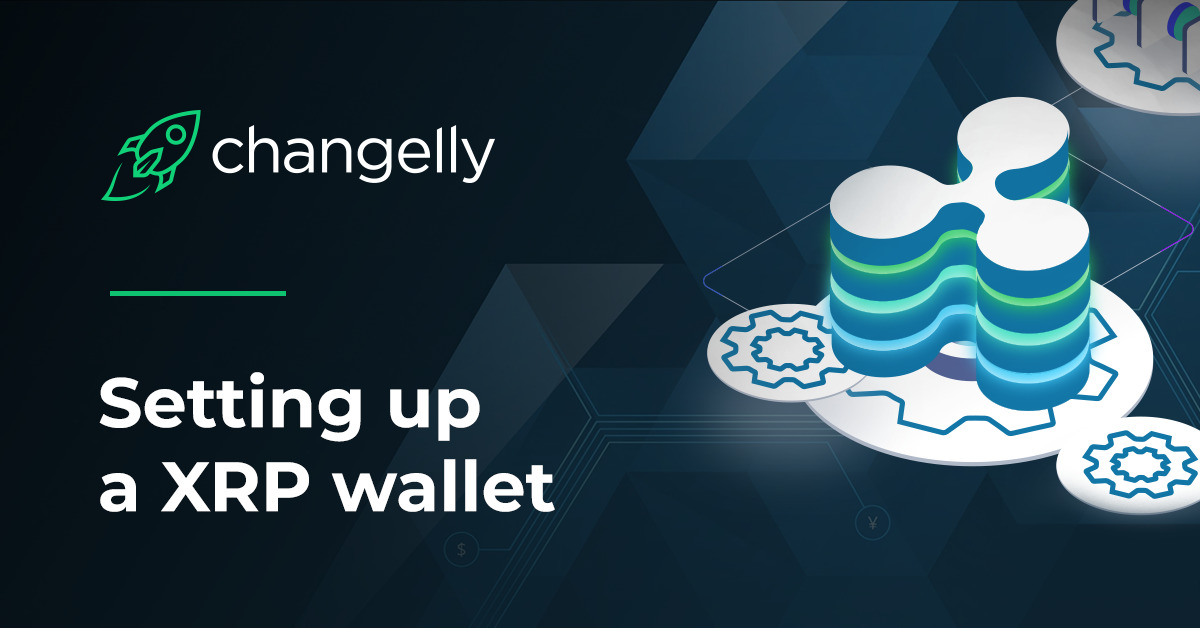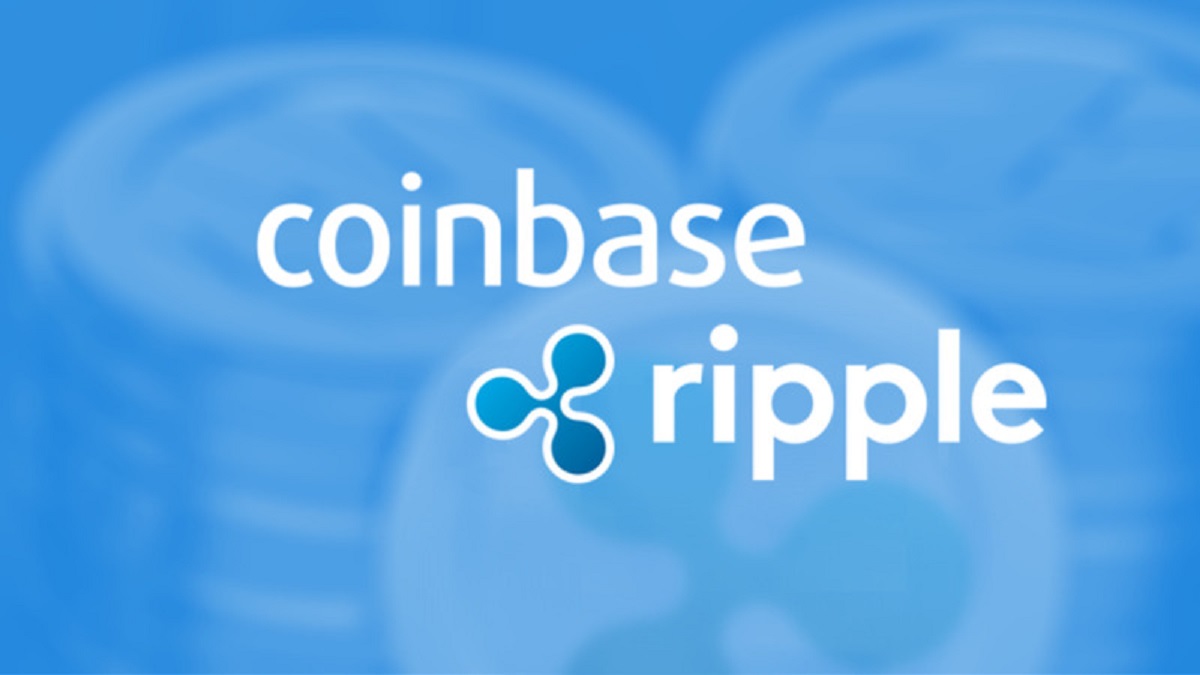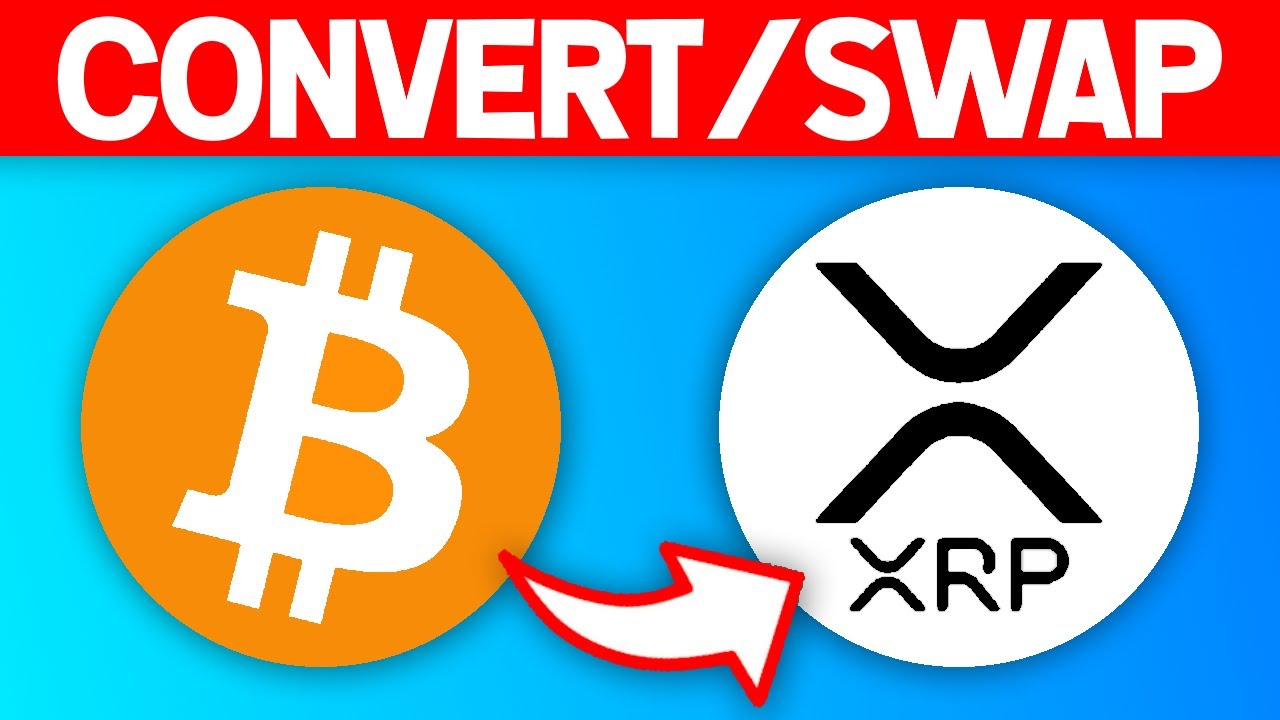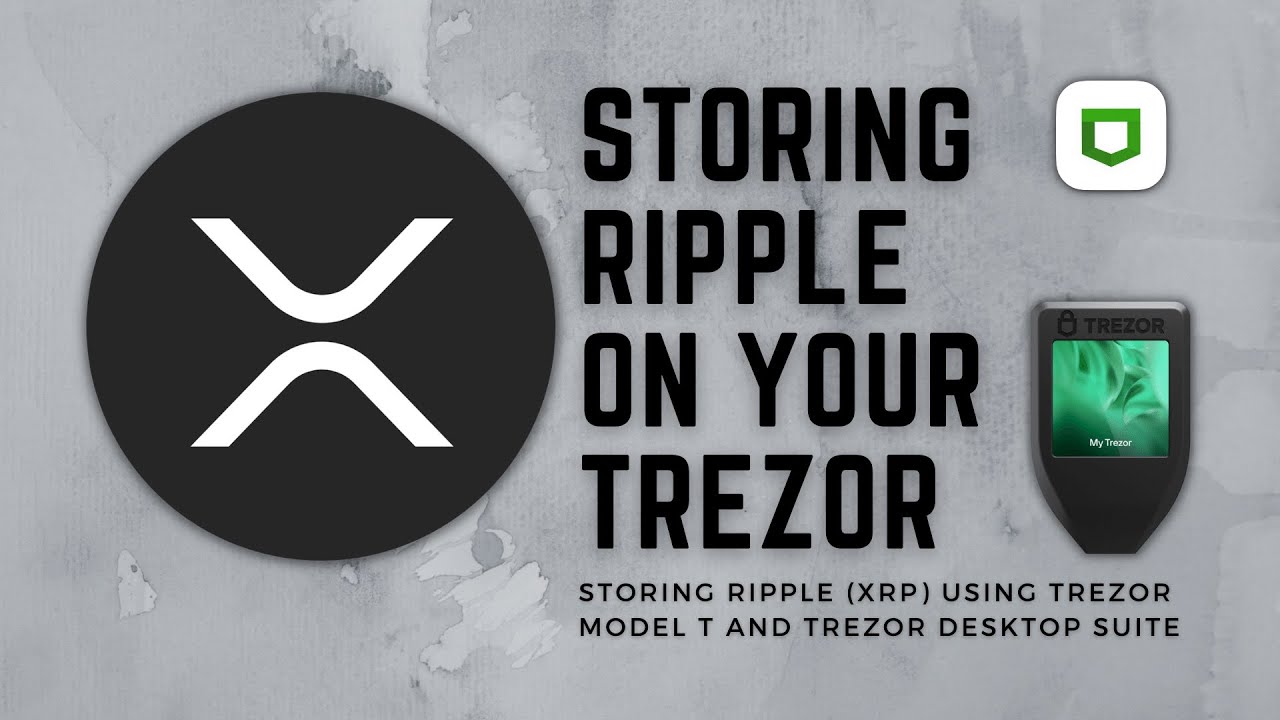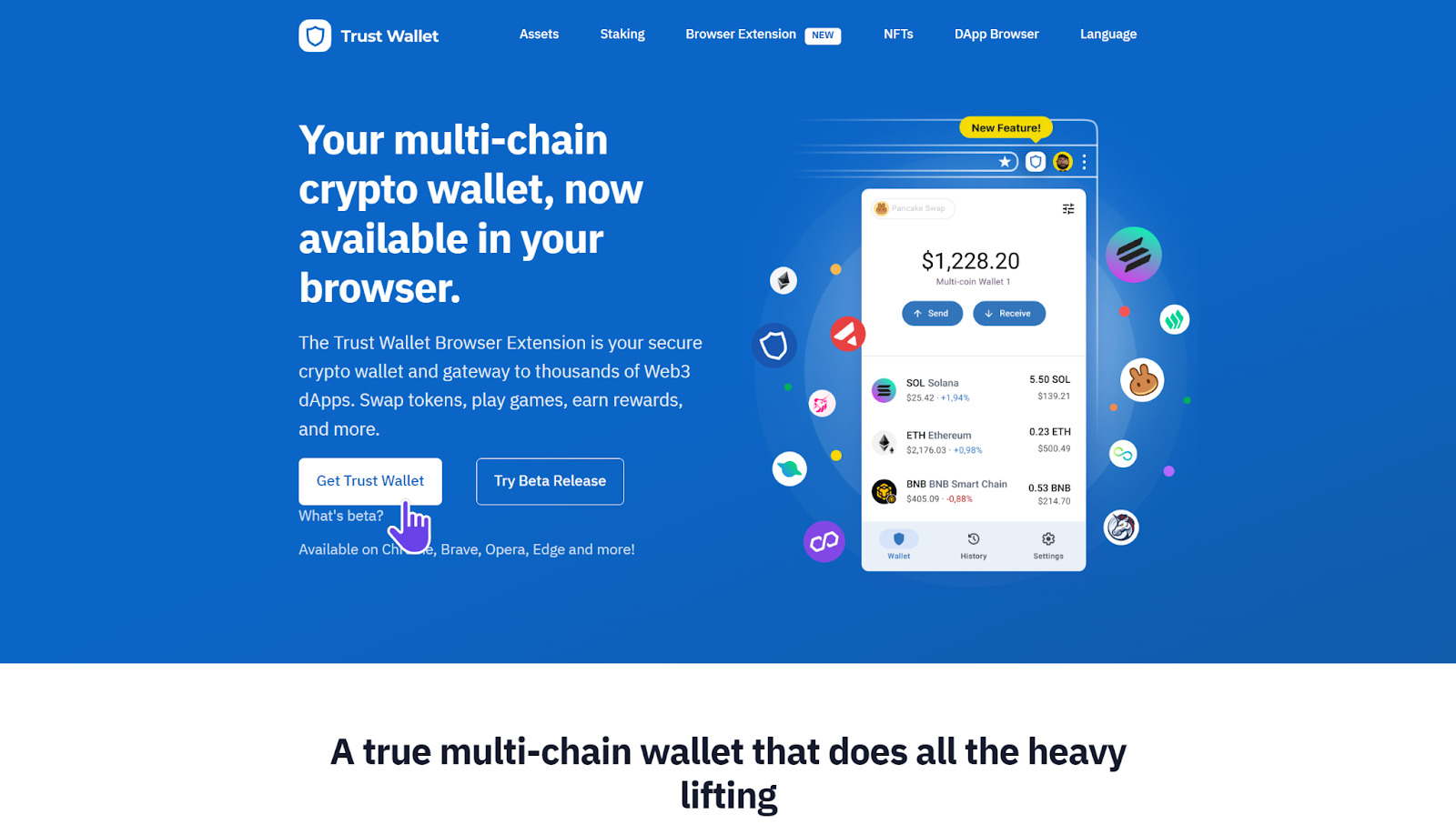Introduction
Welcome to the world of XRP, where groundbreaking technologies and financial innovation converge. XRP, also known as Ripple, has quickly risen to prominence in the digital currency space, capturing the attention of investors, technology enthusiasts, and financial institutions worldwide.
But what exactly is XRP, and what sets it apart from other cryptocurrencies? In this article, we will take a closer look at XRP, its role in the Ripple network, recent developments, and its future outlook.
XRP is a digital asset and cryptocurrency that was created by Ripple Labs in 2012. While it shares some similarities with other cryptocurrencies, such as Bitcoin and Ethereum, XRP stands out due to its unique design and purpose.
Unlike Bitcoin, which operates on a decentralized ledger system, XRP utilizes a distributed ledger technology known as the XRP Ledger. This technology allows for faster transaction processing and increased scalability, making XRP an ideal choice for cross-border payments and remittances.
Speaking of cross-border payments, this is where XRP truly shines. As a native digital asset of the Ripple network, XRP serves as a bridge currency, enabling seamless and cost-effective transactions between different fiat currencies. This means that XRP can facilitate transfers between, for example, U.S. Dollars and Japanese Yen, without the need for multiple currency conversions and intermediaries.
The growing adoption of XRP by financial institutions further highlights its utility and potential. With over 300 financial institutions already utilizing Ripple’s payment solutions, XRP has positioned itself as a viable alternative to traditional payment rails and has the potential to revolutionize the global financial system.
So, what’s been happening with XRP lately? Stay tuned as we dive into the recent developments surrounding XRP and how they have affected its price and future outlook.
What Is XRP?
XRP is a digital asset and cryptocurrency that was created by Ripple Labs in 2012. Built on the XRP Ledger, a decentralized digital ledger, it offers fast and cost-effective transactions for cross-border payments and remittances.
Unlike other cryptocurrencies, XRP does not rely on mining to create new coins. Instead, all 100 billion XRP coins were pre-mined at the time of its creation. This distinguishes it from Bitcoin and Ethereum, which rely on a decentralized network of miners to validate transactions and create new coins.
One of the main purposes of XRP is to facilitate fast and low-cost transactions on the Ripple network. It serves as a bridge currency, allowing for seamless transfers between different fiat currencies without the need for multiple intermediaries or currency conversions.
The speed and efficiency of XRP transactions are possible due to the XRP Ledger’s unique consensus algorithm. Rather than relying on proof-of-work like Bitcoin, the XRP Ledger employs a consensus protocol called the Ripple Protocol Consensus Algorithm (RPCA). This algorithm ensures fast and secure transaction settlement, making XRP an ideal choice for financial institutions and payment processors.
Another important aspect of XRP is its scalability. The XRP Ledger can handle a high volume of transactions per second, making it suitable for large-scale payment processing. This scalability, combined with its low transaction fees, has contributed to XRP’s popularity among financial institutions looking for more efficient payment solutions.
In addition to its role as a bridge currency, XRP has also gained traction as an investment asset. Many investors see XRP as a promising digital asset with the potential for substantial growth. Its partnerships with major financial institutions and its focus on solving real-world payment challenges have contributed to its appeal.
Overall, XRP is not just a cryptocurrency; it is a versatile digital asset that offers fast and cost-effective transactions, making it an attractive option for both financial institutions and individual investors.
The Role of XRP in the Ripple Network
XRP plays a crucial role within the Ripple network, acting as a bridge currency to facilitate seamless and efficient cross-border transactions. It serves as a liquidity tool, enabling financial institutions to source liquidity in real-time, regardless of the fiat currencies involved in the transaction.
When a transaction is initiated on the Ripple network, XRP can be used to provide liquidity by serving as an intermediary currency between two different fiat currencies. This eliminates the need for pre-funded accounts and minimizes the counterparty risk associated with traditional correspondent banking.
Let’s illustrate this with an example: Suppose a financial institution wants to send a payment from the United States to Japan. Traditionally, this would involve multiple intermediaries, exchanges, and currency conversions, which could be time-consuming and costly. However, by utilizing XRP as a bridge currency, the payment can be seamlessly converted from USD to XRP and then from XRP to JPY, all within a matter of seconds.
By leveraging XRP, financial institutions can significantly reduce liquidity costs and improve liquidity management. XRP’s speed and low transaction fees make it an attractive choice for cross-border payments, where time is of the essence. It allows financial institutions to free up capital that would otherwise be tied up in pre-funded accounts, resulting in more efficient use of resources.
Additionally, XRP’s role as a bridge currency aligns with Ripple’s vision of creating an Internet of Value, where money can move as fast and easily as information. The widespread adoption of XRP in the Ripple network contributes to the development of a more interconnected and efficient global financial system.
It’s worth noting that while XRP plays a vital role in the Ripple network, it is not a requirement for using Ripple’s payment solutions. Financial institutions have the option to utilize Ripple’s technology without necessarily implementing XRP in their operations. However, the integration of XRP offers additional benefits in terms of liquidity and transaction speed.
In summary, XRP acts as a bridge currency within the Ripple network, providing liquidity and enabling fast and cost-effective cross-border transactions. Its role aligns with Ripple’s goal of revolutionizing the global financial system and creating an Internet of Value.
Recent Developments in XRP
Over the past few years, XRP has experienced several notable developments that have had a significant impact on its adoption, partnerships, and regulatory landscape.
One of the key milestones for XRP was its partnership with MoneyGram, one of the largest money transfer companies in the world. In 2019, Ripple entered into a strategic partnership with MoneyGram, allowing them to utilize XRP for cross-border transactions. This partnership not only provided a boost to XRP’s credibility but also showcased its practical application in real-world transactions.
In addition to partnerships, XRP has also seen significant growth in terms of adoption by financial institutions. Ripple’s payment solutions, powered by XRP, have gained traction among banks and other financial entities looking to streamline cross-border payments. This increased adoption has bolstered confidence in XRP’s capabilities and laid the foundation for further integration within the global financial system.
However, it’s worth mentioning that XRP faced a major setback in December 2020 when the US Securities and Exchange Commission (SEC) filed a lawsuit against Ripple Labs, the parent company behind XRP. The lawsuit alleged that Ripple conducted an unregistered securities offering by selling XRP tokens.
This lawsuit had a significant impact on the XRP market, causing its price to plummet and leading to the delisting of XRP from several major cryptocurrency exchanges. The legal battle between Ripple Labs and the SEC is ongoing, creating uncertainty around XRP’s regulatory status and its future in the cryptocurrency market.
Despite the regulatory challenges, XRP has continued to make strides in expanding its partnerships and use cases. Ripple’s focus on developing solutions for the global remittance market has attracted the attention of central banks and financial institutions seeking more efficient cross-border payment solutions.
Looking ahead, the outcome of the SEC lawsuit will undoubtedly have a major influence on the future of XRP. If Ripple Labs successfully defends its case, it could pave the way for increased adoption and potential price recovery. However, any negative ruling could have long-term consequences for XRP and its position in the cryptocurrency market.
For now, XRP remains a cryptocurrency with significant potential, but it also faces regulatory challenges that may impact its future growth and adoption. Investors and enthusiasts are eagerly watching the developments surrounding the lawsuit and how they will shape the trajectory of XRP in the coming months.
XRP and the SEC Lawsuit
One of the most significant challenges facing XRP is the ongoing lawsuit filed by the U.S. Securities and Exchange Commission (SEC) against Ripple Labs, the company behind XRP. The SEC alleges that Ripple conducted an unregistered securities offering by selling XRP tokens, which it considers to be securities under U.S. securities laws.
The lawsuit, filed in December 2020, sent shockwaves through the cryptocurrency market and had a profound impact on XRP. Following the announcement of the lawsuit, the price of XRP plummeted, and several major cryptocurrency exchanges suspended trading or delisted XRP from their platforms.
The SEC’s case centers around the argument that XRP should be classified as a security, rather than a cryptocurrency. If the court rules in favor of the SEC, it could have significant implications for the future of XRP and its regulatory status. It might require Ripple Labs to register XRP as a security, subject to the same regulations and compliance requirements as traditional securities.
Ripple Labs has vehemently denied the SEC’s allegations and has vowed to fight the lawsuit. The company argues that XRP is not a security but a digital asset that serves a legitimate purpose within the Ripple network. They contend that XRP functions similarly to Bitcoin and Ethereum and should be regulated under the same framework.
The outcome of the lawsuit will have far-reaching consequences for XRP and the broader cryptocurrency industry. If the court rules in favor of Ripple Labs, it would provide clarity and potentially boost confidence in XRP, leading to a resurgence in its price and enabling greater adoption by financial institutions.
Conversely, if the court finds that XRP is indeed a security, it could lead to a prolonged legal battle and continued uncertainty for XRP holders and investors. It might also prompt other regulatory bodies around the world to reassess the classification of cryptocurrencies and impose stricter regulations on their issuance and trading.
It’s important to note that the outcome of this case may take some time, as legal proceedings often have a lengthy timeline. Both sides will present their arguments, and the court will weigh the evidence before reaching a decision.
While the lawsuit has undoubtedly had a significant impact on XRP, it’s worth mentioning that the cryptocurrency community and industry stakeholders have closely followed this case, recognizing its potential implications on the entire space.
As the legal battle continues, the cryptocurrency community awaits the court’s ruling, which will undoubtedly shape the future of XRP and have broader implications on the regulation and classification of cryptocurrencies in the United States.
Impact on XRP Price
The SEC lawsuit against Ripple Labs and the regulatory uncertainty surrounding XRP have had a significant impact on its price and market sentiment. Since the announcement of the lawsuit, XRP experienced a sharp decline in its value, causing substantial losses for investors.
Following the news of the SEC lawsuit, many major cryptocurrency exchanges halted trading or delisted XRP from their platforms to comply with regulatory requirements and protect their users. This further exacerbated the sell-off and added to the downward pressure on XRP’s price.
The negative sentiment surrounding the lawsuit and the regulatory implications led to a significant decline in demand for XRP. Investors became wary of holding a cryptocurrency that could potentially face strict regulations, leading to decreased buying interest and increased selling pressure.
Furthermore, the uncertainty surrounding the outcome of the lawsuit created a lack of confidence and trust in XRP, resulting in reduced investor participation and market activity. This lack of confidence caused many traders and institutional investors to stay on the sidelines, waiting for a resolution before considering re-entry into the XRP market.
It’s important to note that the impact of the lawsuit on XRP’s price was not limited to the immediate aftermath of its announcement. Even as the legal proceedings unfold, the market sentiment remains cautious, and XRP’s price has struggled to recover its losses.
However, it’s important to remember that XRP’s price is also influenced by other factors, such as market trends, investor sentiment, and overall cryptocurrency market conditions. While the lawsuit had a significant impact on XRP’s price, other market dynamics may also contribute to its fluctuations in value.
It’s worth mentioning that a favorable resolution for Ripple Labs in the lawsuit could potentially lead to a positive price reaction for XRP. Clarity on its regulatory status and renewed confidence among investors could reinvigorate demand for the cryptocurrency and drive an upward price movement.
Conversely, an unfavorable outcome might prolong the downward pressure on XRP’s price, keeping it subdued in the short to medium term. Continued regulatory hurdles and uncertainty could limit its growth potential and deter investors from entering the XRP market.
As the legal proceedings continue, XRP’s price will likely remain sensitive to any developments related to the SEC lawsuit. Traders, investors, and industry observers will closely monitor the updates and announcements, as they will likely have a significant impact on XRP’s price trajectory.
XRP’s Future Outlook
The future outlook for XRP is closely tied to the resolution of the SEC lawsuit and the regulatory clarity it brings. A favorable outcome for Ripple Labs could provide a much-needed boost to XRP’s reputation, leading to increased adoption and potential price recovery.
However, it’s important to note that the impact of the lawsuit extends beyond the immediate resolution. The outcome of this case will likely shape the regulatory environment for digital assets in the United States and potentially have ripple effects (pun intended) on a global scale.
If XRP successfully navigates the legal challenges and secures a favorable regulatory framework, it could regain its position as a leading cryptocurrency in terms of adoption and use case expansion. Its focus on efficient cross-border payments and partnerships with financial institutions could pave the way for broader adoption and integration within the global financial system.
Furthermore, advancements in technology and infrastructure, such as the development of decentralized finance (DeFi) applications and improvements to the XRP Ledger, could further enhance XRP’s utility and value proposition.
That being said, the road ahead for XRP is not without hurdles. The ongoing legal battle and regulatory uncertainties surrounding XRP’s status will continue to impact investor sentiment and market perception in the short term. It will be necessary for Ripple Labs to work towards building trust and addressing the regulatory concerns raised by the SEC.
Additionally, competition from other digital assets and cryptocurrencies focused on the cross-border payments space could present challenges for XRP. As the industry continues to evolve and innovate, XRP will need to differentiate itself and showcase its unique features and advantages to maintain its position as a leader in this market segment.
Overall, the future outlook for XRP remains uncertain but holds significant potential. The outcome of the SEC lawsuit and regulatory developments will be crucial in shaping the trajectory of XRP in the coming months and years. If XRP can overcome its regulatory challenges, solidify partnerships, and continue to innovate, it has the opportunity to redefine cross-border payments and establish itself as a valuable asset within the global financial ecosystem.
Conclusion
In conclusion, XRP has emerged as a digital asset and cryptocurrency that offers unique features and utility within the Ripple network. As a bridge currency, it enables seamless and efficient cross-border transactions, revolutionizing the way we think about global payments.
While XRP has faced challenges, particularly with the SEC lawsuit and regulatory uncertainties, its future outlook remains promising. The outcome of the lawsuit will have a significant impact on XRP’s regulatory status and market perception, determining its potential for growth and adoption.
Despite the obstacles, XRP has demonstrated its value proposition through strategic partnerships with financial institutions and its focus on solving real-world payment challenges. The scalability, speed, and low transaction fees of the XRP Ledger make it an attractive choice for users and businesses seeking fast and cost-effective cross-border transactions.
Looking ahead, XRP’s success will depend on its ability to navigate the regulatory landscape, maintain its position as a leader in cross-border payments, and adapt to evolving market trends. Advancements in technology and infrastructure, as well as wider adoption by financial institutions, will be crucial factors in shaping its future.
It should be noted that investing in XRP, like any other cryptocurrency, carries inherent risks. The market remains volatile, and investors should conduct thorough research and exercise caution before making investment decisions.
As the digital asset landscape continues to evolve, XRP stands as a testament to the transformative potential of cryptocurrencies in revolutionizing traditional financial systems. With its ability to streamline cross-border transactions, XRP has the opportunity to reshape the way we send and receive money, fostering a more interconnected and efficient global economy.
Overall, while XRP faces challenges and uncertainties, its innovative technology and partnerships position it for potential growth and success in the future. The cryptocurrency community and market participants eagerly await further developments to determine the path that XRP will take in the coming months and years.







